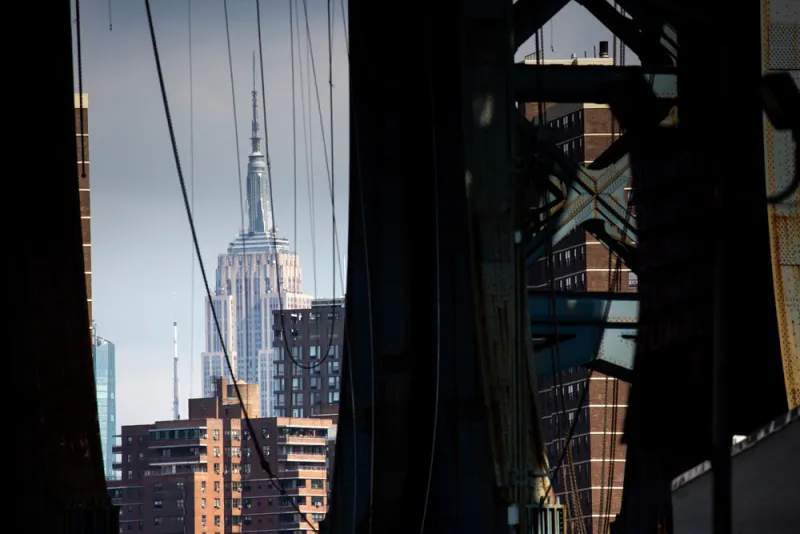Demand for alternative assets continues to surge — though not without risk, according to Moody’s Investors Service.
In 2021, fundraising for alternative assets, including private equity, real estate, infrastructure, private debt, and natural resources, surpassed $1.1 trillion, and total assets under management in alternatives exceeded $9 trillion, according to Moody’s 2022 asset management outlook released Tuesday. Moving into 2022, Moody’s analysts expect alternative asset fundraising to remain strong as institutional investor demand for long-term returns with low-yielding liquid assets continues.
Unsurprisingly, private equity remains one of the most popular asset classes. In 2021, the asset class raised $737 billion and reached $5.8 trillion in assets under management after delivering an annual return of 45.2 percent through March 2021. In 2022, Moody’s analysts predict that private equity will continue to deliver strong returns.
“There is this ongoing wave of available capital to be put to work,” Neal Epstein, Moody’s vice president and senior credit officer, told Institutional Investor.
Epstein said institutional investors have been drawn to higher-yielding asset classes like private equity as a result of low interest rates and monetary intervention, which have made the benchmark yield curve consistently low over the past few years. Lower yields have also prompted higher use leverage to increase portfolio returns, he said.
“As interest rates have been lower, institutional investors with these return hurdles have been looking to alternate asset classes to get more yield,” Epstein said.
For the time being, Moody’s 2022 overall outlook for the asset management industry is stable, but the booming alternative asset classes come with some risks. In the report, Moody’s highlights three potential hurdles alternatives investors may face in the near future. First, Moody’s raised the concern of rising systemic credit risk as a result of increased allocation to these leveraged assets. Private equity funds typically conduct leveraged buyouts, and, as the asset class grows, so does the amount of borrowing, said Epstein.
“There’s been a lot of borrowing, and leveraged buyouts tend to use fairly aggressive debt structures,” Epstein said. “The companies tend to carry a fair amount of debt. Especially as this activity has moved into the private domain, there’s less visibility and transparency and perhaps more aggressive terms.”
As the activity has grown, Epstein said Moody’s has seen “lower-rated” companies borrowing more capital. In the report, Moody’s asked whether weaker credit can withstand high rates or a downturn. Because rates are lower, weaker creditors have been tempted to buy more, Epstein said, but if rates rise, they may not be able to support the debt.
Finally, the illiquidity that comes with investments in alternative asset classes may put future stress on portfolios, the report said. With private investments, investors are unable to exit their investments as easily as they can sell public stocks and bonds.
“Will this cause stress in the sector?” Epstein said. “These are just open questions, but they’re things to be concerned about.”







